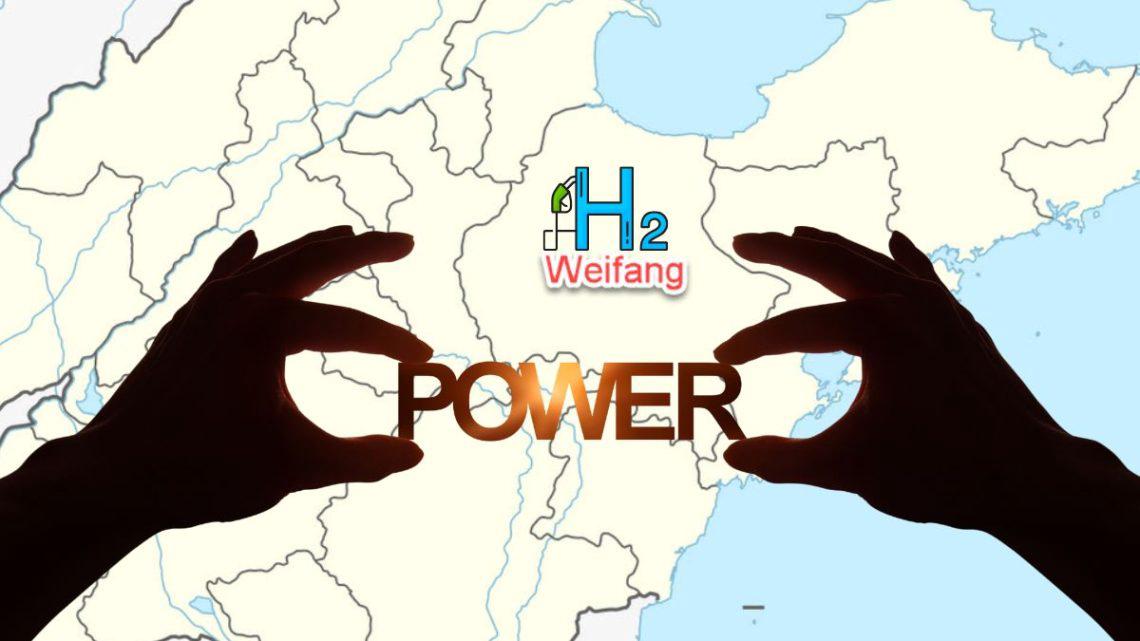How China’s ‘Hydrogen Into Ten Thousand Homes’ Initiative Is Taking Off
Source:hydrogenfuelnews

Hygreen Energy Delivers 25-Megawatt Electrolyzer System for Hydrogen Production in China
Hygreen Energy, a global leader in hydrogen technology and electrolyzer manufacturing, has announced the successful delivery of a 25-megawatt electrolyzer system to Huadian Weifang Power Generation Co., Ltd., marking the largest hydrogen production initiative in the region to date. The system represents a significant step in scaling up hydrogen production and integrating green hydrogen into power and industrial applications.
The Technology Behind Hygreen Energy’s Electrolyzers
Hygreen Energy specializes in advanced electrolyzer technologies, including Alkaline, Proton Exchange Membrane (PEM), and Anion Exchange Membrane (AEM) systems. These systems are designed to split water molecules into hydrogen and oxygen using electricity, with the produced hydrogen purified and stored for various applications. For this particular project, Hygreen delivered a system comprising five 5-megawatt electrolyzer stacks, each capable of producing high-purity hydrogen at 99.999% levels.
These stacks are supported by robust balance-of-plant systems, also developed by Hygreen, which ensure seamless integration and operation. The system is built to produce 3.6 tons of hydrogen per day, with advanced handling, storage, and distribution systems to ensure both safety and efficiency. This level of scale demonstrates the feasibility of electrolyzer technology for larger, multi-functional renewable energy projects, where hydrogen can play a critical role.
Project Time Frame and Integration
The hydrogen production facility is located in Weifang, China, within the existing infrastructure of Huadian Weifang’s power plant. Installation and commissioning of the electrolyzer system began in November 2024, and the project is expected to be fully operational by the first quarter of 2025.
The hydrogen produced at the facility will serve multiple purposes. Part of the output will be used to supply an on-site hydrogen refueling station, advancing the clean transportation sector in the region. Additionally, hydrogen produced will be blended with natural gas and delivered via pipelines to industrial, commercial, and residential users, showcasing the flexibility of hydrogen as an energy solution.
This project, part of China’s “Hydrogen Into Ten Thousand Homes” initiative, serves as a demonstration of large-scale hydrogen energy storage and its integration into existing systems. This initiative aligns with broader policy goals of reducing carbon emissions and increasing renewable energy utilization.

Why This Development Matters
The delivery of a project of this scale emphasizes the growing role of hydrogen in the renewable energy transition. By integrating a 25-megawatt electrolyzer system with an existing power plant, Huadian Weifang demonstrates how renewable energy that might otherwise be wasted can be converted into a usable and storable form of energy—hydrogen. This not only enhances grid resilience by stabilizing variable energy supply but also strengthens the economic case for investing in hydrogen infrastructure.
Hydrogen has a unique ability to address several challenges in the global energy transition. It can serve as a long-term energy storage medium, power transportation sustainably, and act as a cleaner alternative to natural gas for heating and industrial processes. This project exemplifies the practicality of these solutions in real-world applications.
Additionally, the dual use of hydrogen for a refueling station and pipeline distribution diversifies its applications within the region. This highlights its adaptability in meeting energy needs ranging from heavy industries to everyday household usage, further showcasing how hydrogen can become a critical part of future energy systems.
Applying Hydrogen Technology in Today’s Energy Landscape
The significance of this project lies in its demonstration of how hydrogen can be integrated into existing energy systems to create a more sustainable future. Hydrogen technologies, such as those supplied by Hygreen Energy, offer an avenue to turn surplus renewable energy—such as wind and solar—into a stable, storable, and versatile fuel. By doing so, these systems help reduce waste, limit dependence on fossil fuels, and significantly cut greenhouse gas emissions.
Beyond this project, hydrogen can play a key role in decarbonizing industries that are hard to electrify, such as steelmaking, shipping, and aviation. Using hydrogen as a fuel or feedstock in these areas could make substantial contributions to global climate goals. Furthermore, advancements in electrolyzer technology will continue to improve efficiency, reduce costs, and make green hydrogen increasingly accessible worldwide.
The lessons learned from projects like Huadian Weifang demonstrate the importance of collaborative initiatives between technology developers, energy providers, and policymakers. Scaling up hydrogen production and integrating it into grids and industrial operations requires not only advanced systems but also supportive infrastructure, regulations, and public investment.
As we look ahead, replicating and refining projects like this will be essential for fulfilling the promise of hydrogen in a low-carbon future. These developments make it clear that hydrogen is no longer just a theoretical solution, but a practical and critical tool for addressing today’s energy and environmental challenges.
